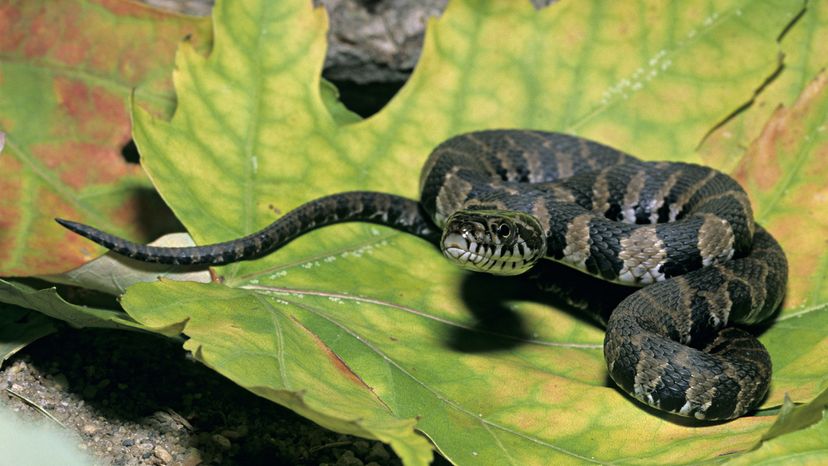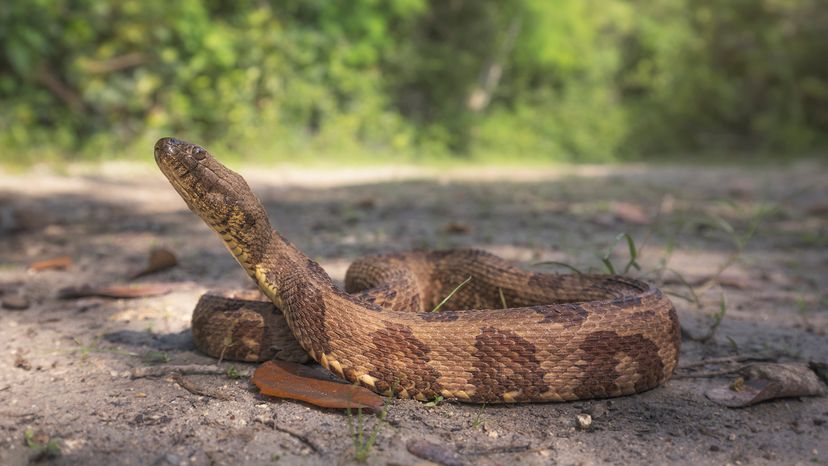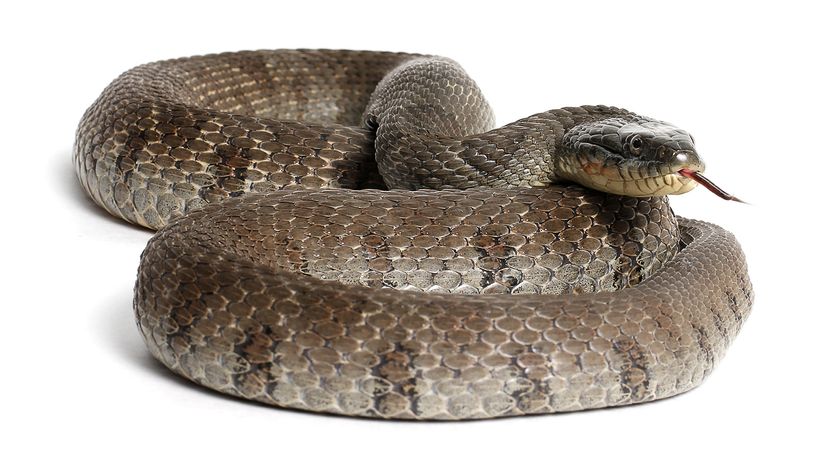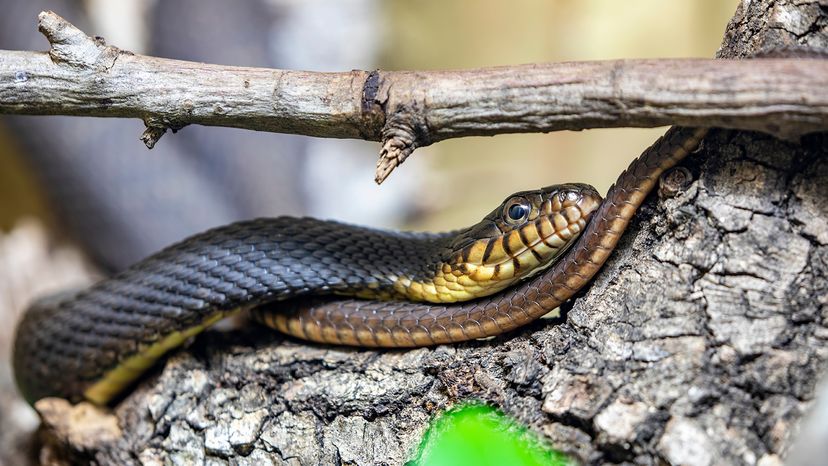
Have you ever seen a snake in or near a river or pond? It was probably a water snake! These slithery swimmers are easy to spot anywhere the world gets a little wetter, particularly near freshwater.
Water snakes are some of the most fascinating reptiles you’ll find in North America’s aquatic environments. These nonvenomous snakes are perfectly adapted to life in the water, where they hunt, swim and thrive.
Advertisement
Although they are often mistaken for the venomous cottonmouth, water snakes are harmless to humans and play an essential role in maintaining the health of their ecosystems. Let’s dive into the very specific aquatic snake niche and explore some of the most common species you might encounter.



